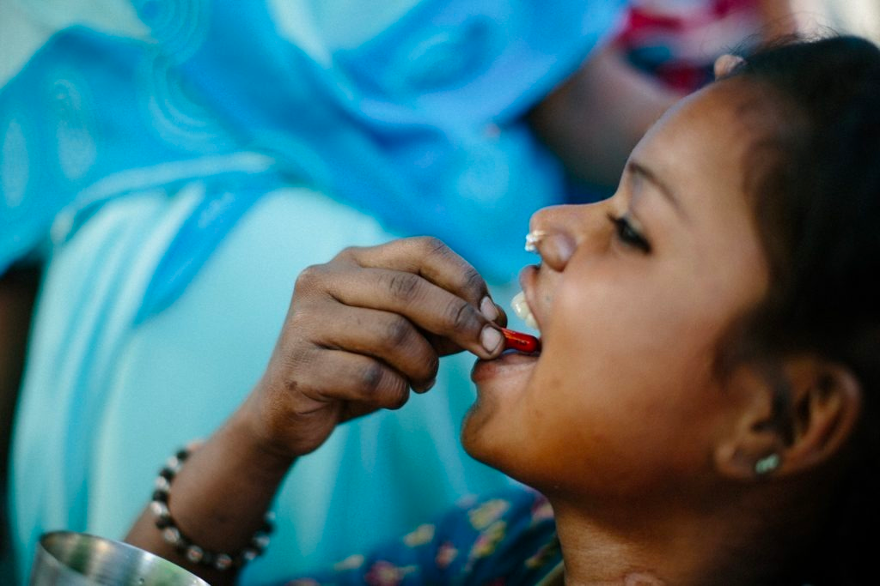Single-dose rifampicin (SDR) has emerged as a crucial component of the global fight against leprosy. The World Health Organization (WHO) endorses using SDR as part of post-exposure prophylaxis (PEP) regimens to reduce the incidence of leprosy in populations at high risk, particularly household contacts, neighbors and social contacts of leprosy patients. The administration of SDR to individuals in close contact with newly diagnosed patients has proven to be an effective preventive measure, curbing transmission and limiting the spread of the disease.
Evidence from various controlled trials conducted across countries such as India, Indonesia, Thailand, and Bangladesh have demonstrated SDR’s effectiveness in reducing leprosy incidence. These trials have shown that SDR minimises the risk of developing leprosy by 52% to 75%, depending on the specific study and population involved. The most compelling findings come from studies that compare different methods of PEP delivery, such as targeting household contacts versus blanket campaigns that cover larger community areas. Results indicate that blanket campaigns are particularly effective in high-endemic regions where transmission risk is high.
The success of SDR in preventing leprosy is also underscored by its long-term impact. For example, a trial in Indonesia revealed that the protective effect of SDR extended beyond 10 years, significantly reducing the incidence of leprosy in the population. This evidence suggests that SDR not only delays the onset of leprosy in at-risk individuals but also offers sustained protection over a long period, making it an essential tool in leprosy control programs.
Despite the widespread success of SDR, concerns about the potential for rifampicin resistance have been raised. However, studies have shown that the risk of resistance developing due to the single-dose administration of rifampicin is minimal. This is because the bacterial population in individuals with subclinical leprosy is typically small, reducing the likelihood that rifampicin-resistant mutants will emerge. Furthermore, ongoing antimicrobial resistance monitoring has not detected any significant increase in resistance following SDR administration, further reinforcing the safety of this approach.
Looking to the future, the global implementation of SDR-PEP has the potential to significantly reduce the incidence of leprosy, particularly in high-risk populations. As more countries adopt this strategy and refine their approaches to identifying and treating at-risk individuals, the goal of halting leprosy transmission becomes more attainable. Combining chemoprophylaxis with SDR and immunoprophylaxis, such as the BCG vaccine, presents an even more vigorous defence against the disease. In conclusion, SDR-PEP has proven to be an effective, safe, and sustainable intervention in the fight against leprosy. Its widespread use in endemic regions could greatly accelerate efforts to eliminate the disease, providing long-term protection for those most vulnerable to leprosy. Continued research, surveillance, and innovation in PEP regimens will ensure this tool remains a cornerstone in the global effort to end leprosy.
